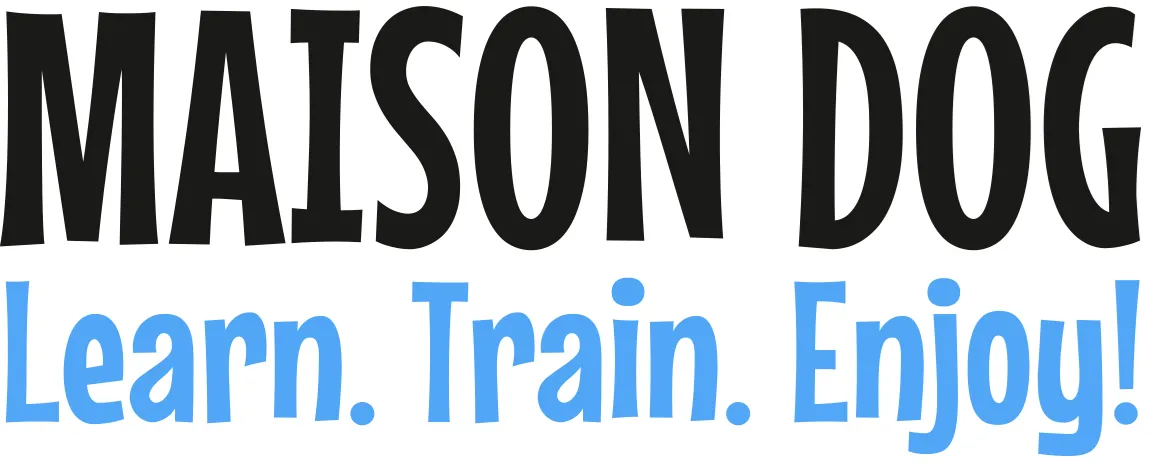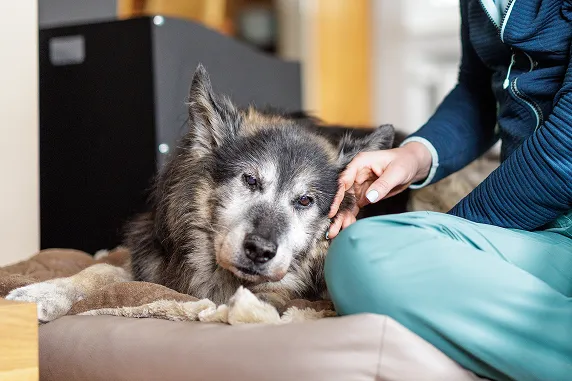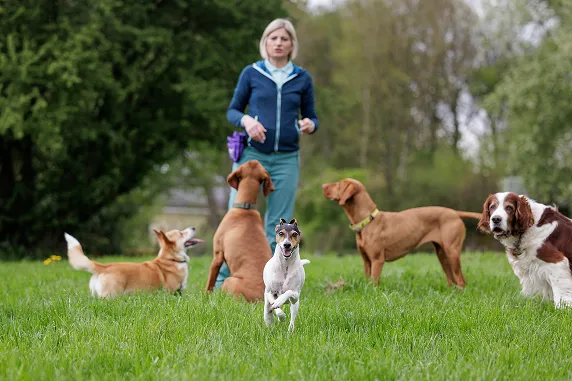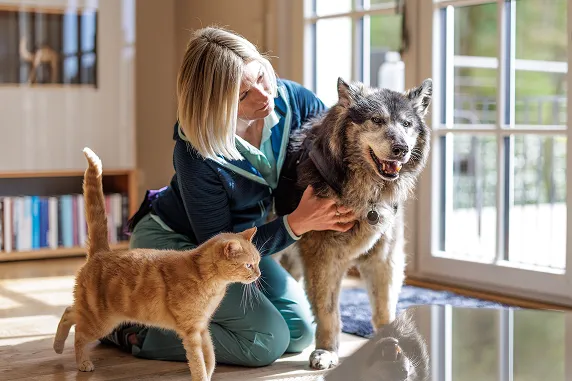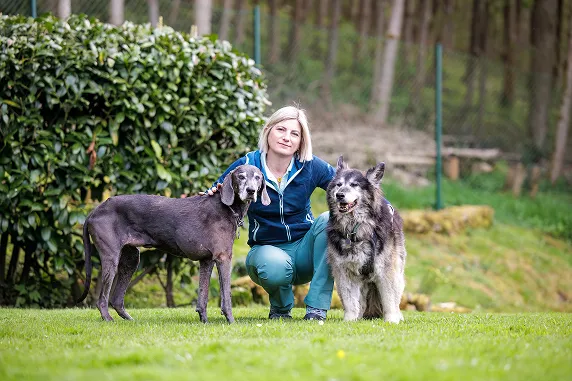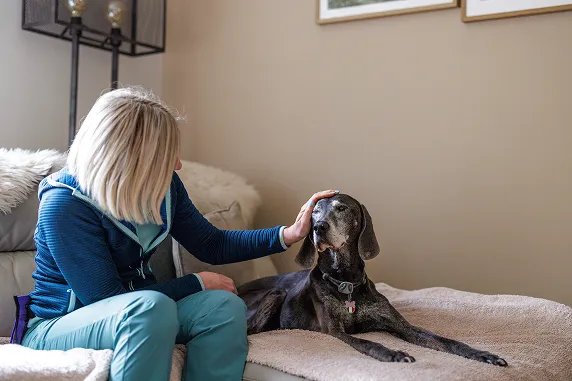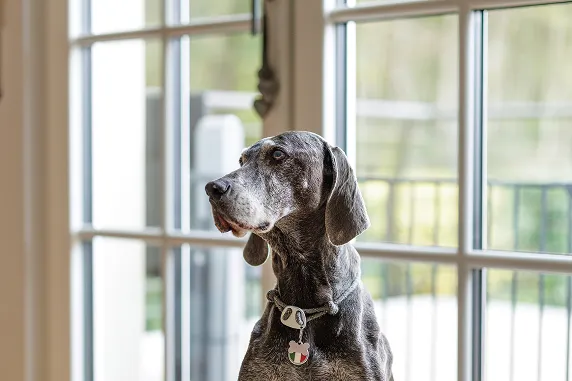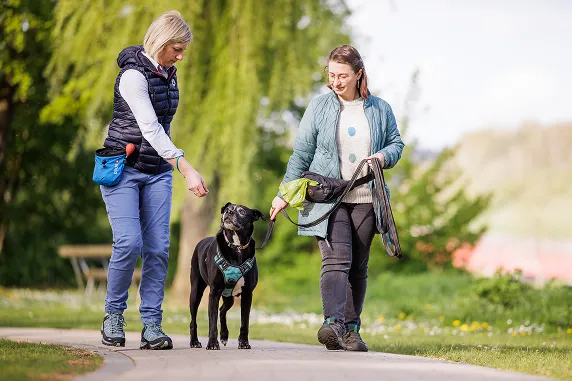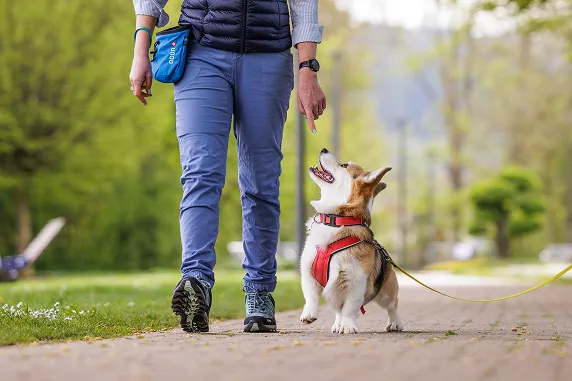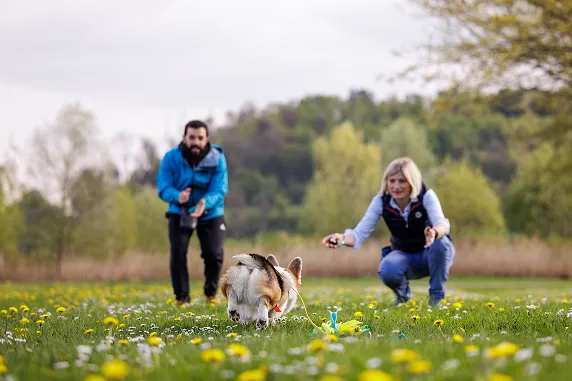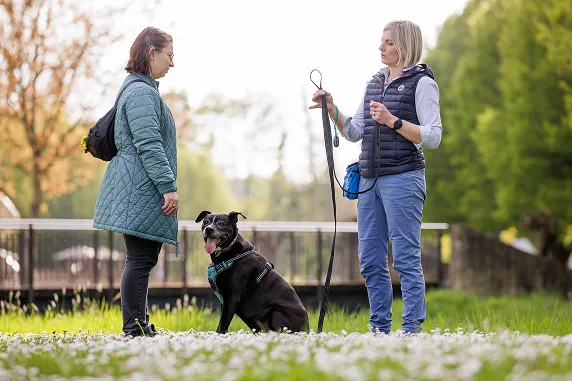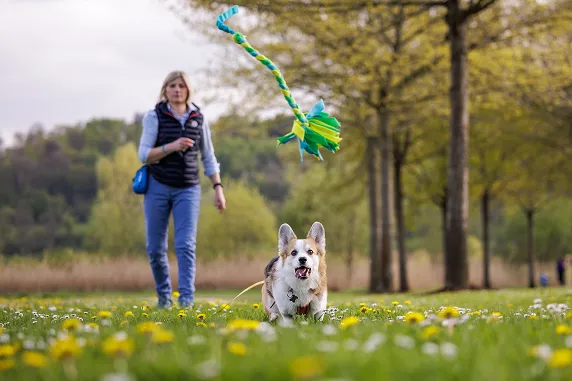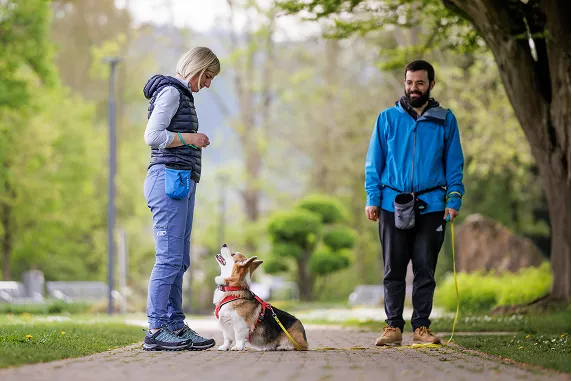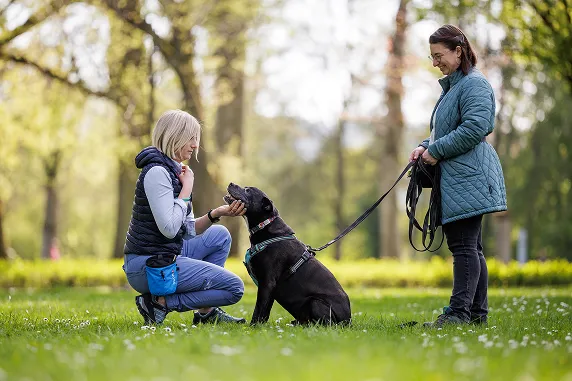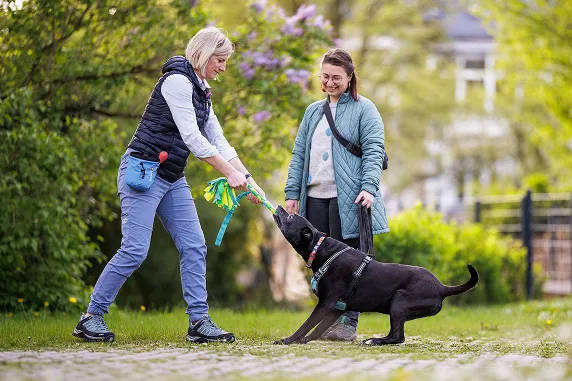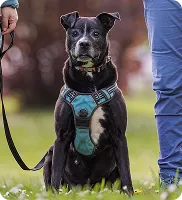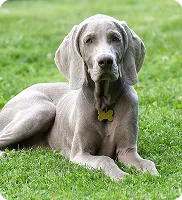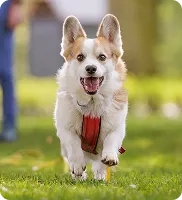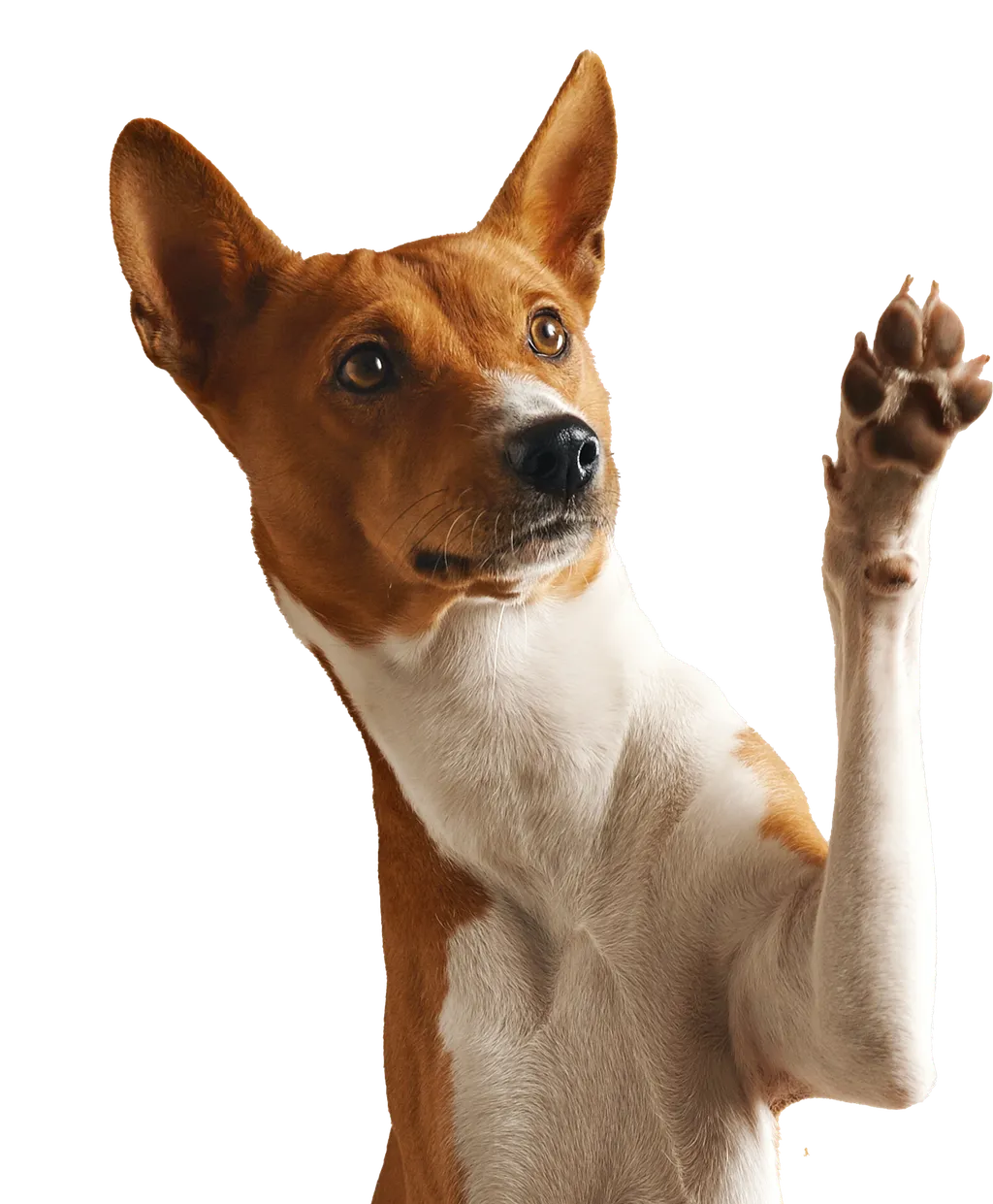Training and
Boarding
you and your
Dog will love
Welcome to Maison Dog - Helping Luxembourg dog
lovers unlock the full potential of their furry companions
with science-based, positive reinforcement methods.
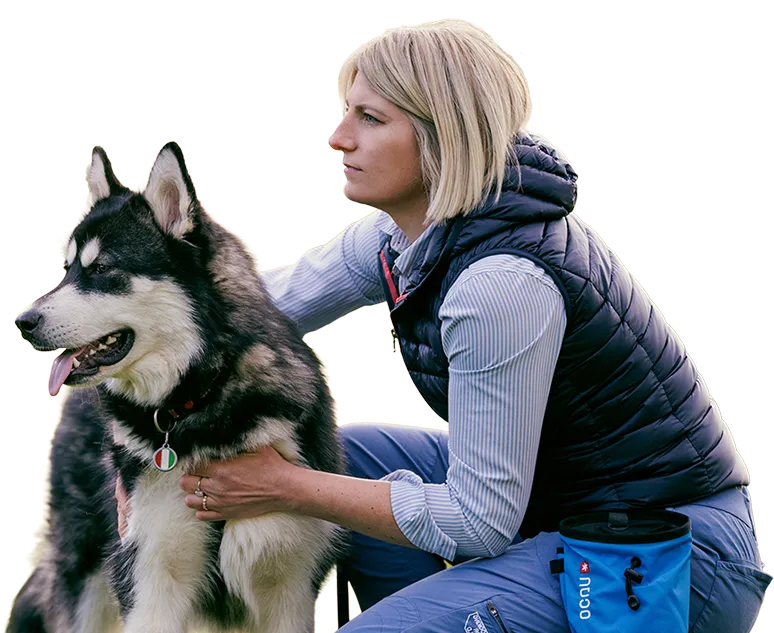




4.8 Google Rating
Trusted by 500+ happy dog owners
Reduce Reactivity
End Leash Pulling
Improve Recall
Stop Unwanted Barking
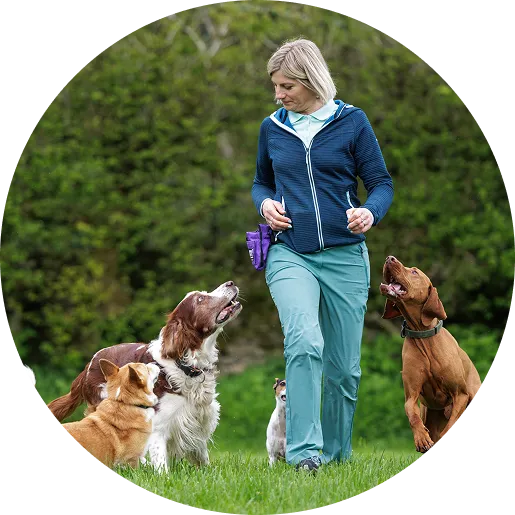
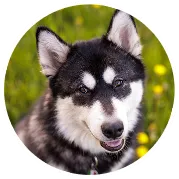
Meet
Cristina Goi
Certified Dog Trainer
I am Cristina, the certified professional dog trainer and driving force behind Maison Dog. My mission is to help you, Luxembourg dog lovers, busy professionals, families, and retirees, unlock the full potential of your furry companions, making your lives with them more enjoyable and fulfilling.
As a modern, science-based dog trainer, I use only humane, positive training methods approved by our industry's leading education and research organizations. With 10 years of experience, I'm passionate about creating harmonious relationships between dogs and their owners.
All my Certifications,
Courses, Seminars
and Workshops
I'm available to share my knowledge
through speaking engagements and offer
mentorship to aspiring dog trainers.
Certifications
- KPA CTP - Certification Number: 50228
- CPAT-KA
- Family Dog Mediator
- Elite FFCP
- Accredited Canine Behavior Consultant
- Puppy Start Right Instructor
- Certifed Professional Dog Walker
- Fear Free Certified Boarding and Daycare
Clicker Expo Chicago
Karen Pryor Academy - Various Speakers
Constructional Teaching
Mary Hunter - Behavior Explorer
Our Journey Together
Besides training and boarding dogs, I'm also up for speaking gigs, bringing 10 years of solid experience and happy to mentor new trainers along the way.
Cared
18 months
Satisfaction
Moments captured during training sessions or boarding days
Why Hire Maison Dog?
Our commitment to quality care and positive training methods sets us apart.
Dog Training
Unlock your dog's best behavior with positive, reward-based training.
More about Dog Training →Dog Boarding
First class dog boarding featuring interactive play, unleashed fun, and a safe stay.
More about Dog Boarding →Vet Care
Strong collaborations with highly regarded veterinary practices in Luxembourg.
Get in Touch
Ready to transform your dog's behavior or book a boarding stay? Contact us today to discuss how we can help.
Subscribe to our newsletter for monthly tips and updates. We never send spam!
We send emails twice a month
Areas We Serve
- Dog Training in Luxembourg (City)
- Dog Training in Junglinster
- Dog Training in Walferdange
- Dog Training in Mersch
- Dog Training in Niederanven
- Dog Training in Steinsel
- Dog Training in Bertrange
- Dog Training in Bridel
- Dog Training in Mamer
- Dog Training in Esch-sur-Alzette
- Dog Training in Diekirch
- Dog Training in Bettembourg
- Dog Training in Dudelange
- Dog Training in Ettelbruck
- Dog Training in Echternach
- Dog Training in Grevenmacher
- Dog Boarding in Luxembourg (City)
- Dog Boarding in Junglinster
- Dog Boarding in Walferdange
- Dog Boarding in Mersch
- Dog Boarding in Niederanven
- Dog Boarding in Steinsel
- Dog Boarding in Bertrange
- Dog Boarding in Bridel
- Dog Boarding in Mamer
- Dog Boarding in Esch-sur-Alzette
- Dog Boarding in Diekirch
- Dog Boarding in Bettembourg
- Dog Boarding in Dudelange
- Dog Boarding in Ettelbruck
- Dog Boarding in Echternach
- Dog Boarding in Grevenmacher

